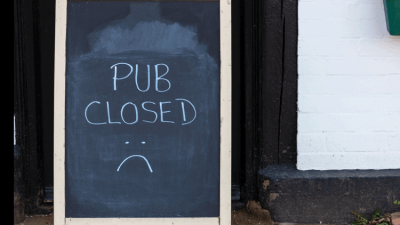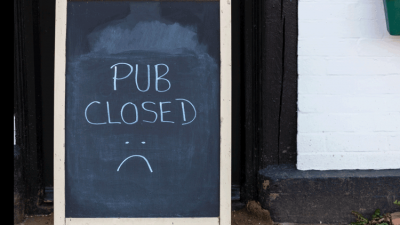Government 'evidence' of hospitality transmission rebuffed by the sector

In a policy paper published last week, the Government points to four types of evidence currently available to understand where transmission is occurring. While it states that each has their limitations, it says they are consistent in supporting the view that hospitality venues are a “significant risk for transmission”.
The points include data from epidemiological analysis of outbreaks in Japan, China, South Korea, and Indonesia noted that their largest superspreading events originated from pubs, clubs, restaurants, gyms and wedding venues.
An analysis of 3,184 cases in Japan identified 61 case-clusters that were observed in healthcare and other care facilities, restaurants and bars, workplaces, and music events.
The largest clusters in Hong Kong were associated with transmission in bars and at a wedding dinner, with 246 cases of Coronavirus linked to nightclubs in Seoul and 12 cases linked to transmission in a poorly ventilated bar in Vietnam, only four of whom had close contact with the index case.
Alex Reilley, co-founder of casual dining restaurant group described the findings as “an absolute load of shit”. “It’s absolutely pathetic. Some unventilated bar in Vietnam - WTAF!,” he tweeted.
The paper also supported the current restrictions placed on hospitality, stating that the general picture in the UK is that it has only been possible to get R rate consistently below 1 in places where there have been substantial restrictions on hospitality. It says that analysis of tiers by the Scientific Advisory Group for Emergencies’ (SAGE), firebreaks and other interventions in the four nations of the UK found that epidemics shrunk in every area subject to Tier 3/3+ in England or with national restrictions in Northern Ireland.
All other interventions were followed by a more mixed picture, it says.
Nik Antona, chairman at the Campaign for Real Ale, says the research doesn’t consider any measures that have been introduced by pubs in the past few months such as improving ventilation and social distancing and that the Government has yet to provide evidence that the requirement to serve a ‘substantial meal’ will reduce transmission.
Critics of the Government’s restrictions have also claimed that Government scientists ignored their own findings on low’coronavirus infection rates – and ordered pubs and restaurants to close anyway.
An advisory paper looking at ‘aerosol transmission’ infections due to virus particles contained in tiny droplets of water that are carried a distance in the air when exhaled found there was ‘currently no evidence’ for infecting someone more than two metres away from the spreader in well ventilated spaces.
The paper, by experts at the SAGE and the Environmental and Monitoring Group (EMG), found there was “currently no evidence” for infecting someone more than two metres away from the spreader in well ventilated spaces.
Building regulations going back to 2005 state that enclosed public places, which include pubs and restaurants, must have ventilation systems that provide an air flow rate of at least 10 litres per second.
“Most pubs and restaurants have ventilation systems that prevent aerosol transmission of Covid,” restaurateur Hugh Osmond tweeted in response to the findings. “SAGE knows this, because it is from their research.”




















